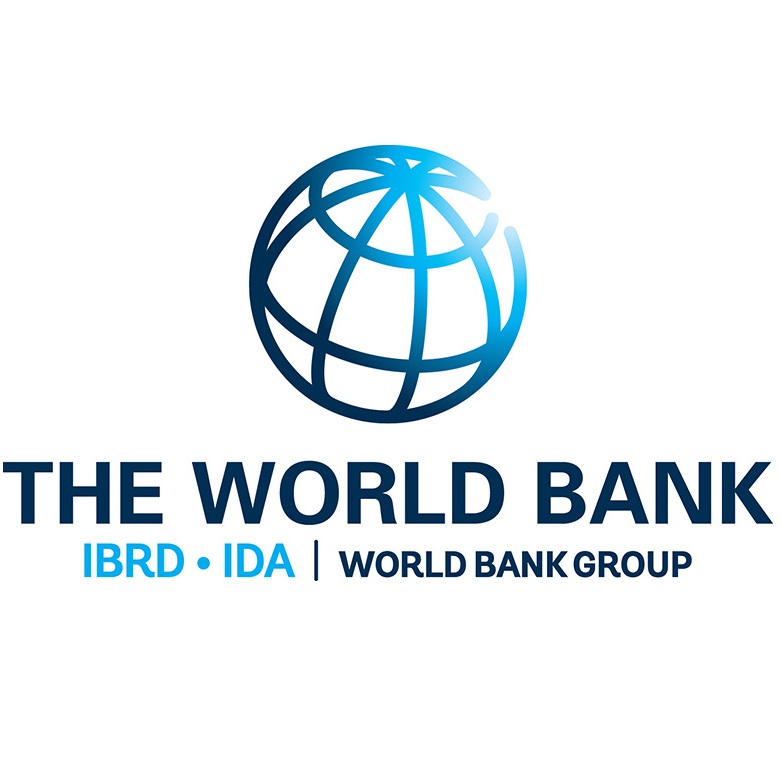Multiple Indicator Cluster Survey 2011
Bosnia and Herzegovina, 2011 - 2012
Get Microdata
Reference ID
WBG_BIH_2011_MICS_v01_M
Producer(s)
United Nations Children’s Fund, Federal Office of Statistics, Republic of Srpska Institute of Statistics, Agency for Statistics of Bosnia and Herzegovina
Collections
Metadata
Created on
May 19, 2021
Last modified
May 19, 2021
Page views
60963
Downloads
744
Received antenatal care (MN1)
Data file: wm
Overview
Valid:
718
Invalid:
3927
Type:
Discrete
Decimal:
0
Start:
160
End:
160
Width:
1
Range:
1 - 9
Format:
Numeric
Questions and instructions
Literal question
Did you see anyone for antenatal care during your last pregnancy with (name)?
Categories
| Value | Category | Cases | |
|---|---|---|---|
| 1 | Yes | 627 |
87.3%
|
| 2 | No | 91 |
12.7%
|
| 9 | Missing | 0 |
0%
|
| Sysmiss | 3927 |
Warning: these figures indicate the number of cases found in the data file. They cannot be interpreted as summary statistics of the population of interest.
Interviewer instructions
Circle the code for the person seen for antenatal care. Probe: “Anyone else?” and circle the codes for any other persons seen for antenatal care during this pregnancy.
Antenatal care check-ups help to detect problems associated with pregnancy and delivery. All pregnant women should have routine check-ups. These questions refer to any antenatal care received during the pregnancy - a check specifically for the pregnancy and not for other reasons.
In MN1, ask if she saw anyone for antenatal care for this pregnancy. If she saw no one for antenatal checks, circle '2' and skip to MN5. If the woman answers 'Yes' to MN1, ask whom she saw for the check-up. Probe to learn if she saw more than one person and record all persons seen. Also probe for the type of person seen and circle all answers given. If you are unsure how to code a person mentioned, write the words used to describe the person in the space provided 'Other' and circle 'X'.
Doctors, nurses, midwives and auxiliary nurse midwives are skilled health personnel who have midwifery skills to manage normal deliveries and diagnose or refer obstetric complications. 'Traditional birth attendants' may be trained or untrained.
If the woman gives the name of a health facility, ask her to tell you who she saw there.
Antenatal care check-ups help to detect problems associated with pregnancy and delivery. All pregnant women should have routine check-ups. These questions refer to any antenatal care received during the pregnancy - a check specifically for the pregnancy and not for other reasons.
In MN1, ask if she saw anyone for antenatal care for this pregnancy. If she saw no one for antenatal checks, circle '2' and skip to MN5. If the woman answers 'Yes' to MN1, ask whom she saw for the check-up. Probe to learn if she saw more than one person and record all persons seen. Also probe for the type of person seen and circle all answers given. If you are unsure how to code a person mentioned, write the words used to describe the person in the space provided 'Other' and circle 'X'.
Doctors, nurses, midwives and auxiliary nurse midwives are skilled health personnel who have midwifery skills to manage normal deliveries and diagnose or refer obstetric complications. 'Traditional birth attendants' may be trained or untrained.
If the woman gives the name of a health facility, ask her to tell you who she saw there.
Description
Source of information
The eligible woman selected for interview
